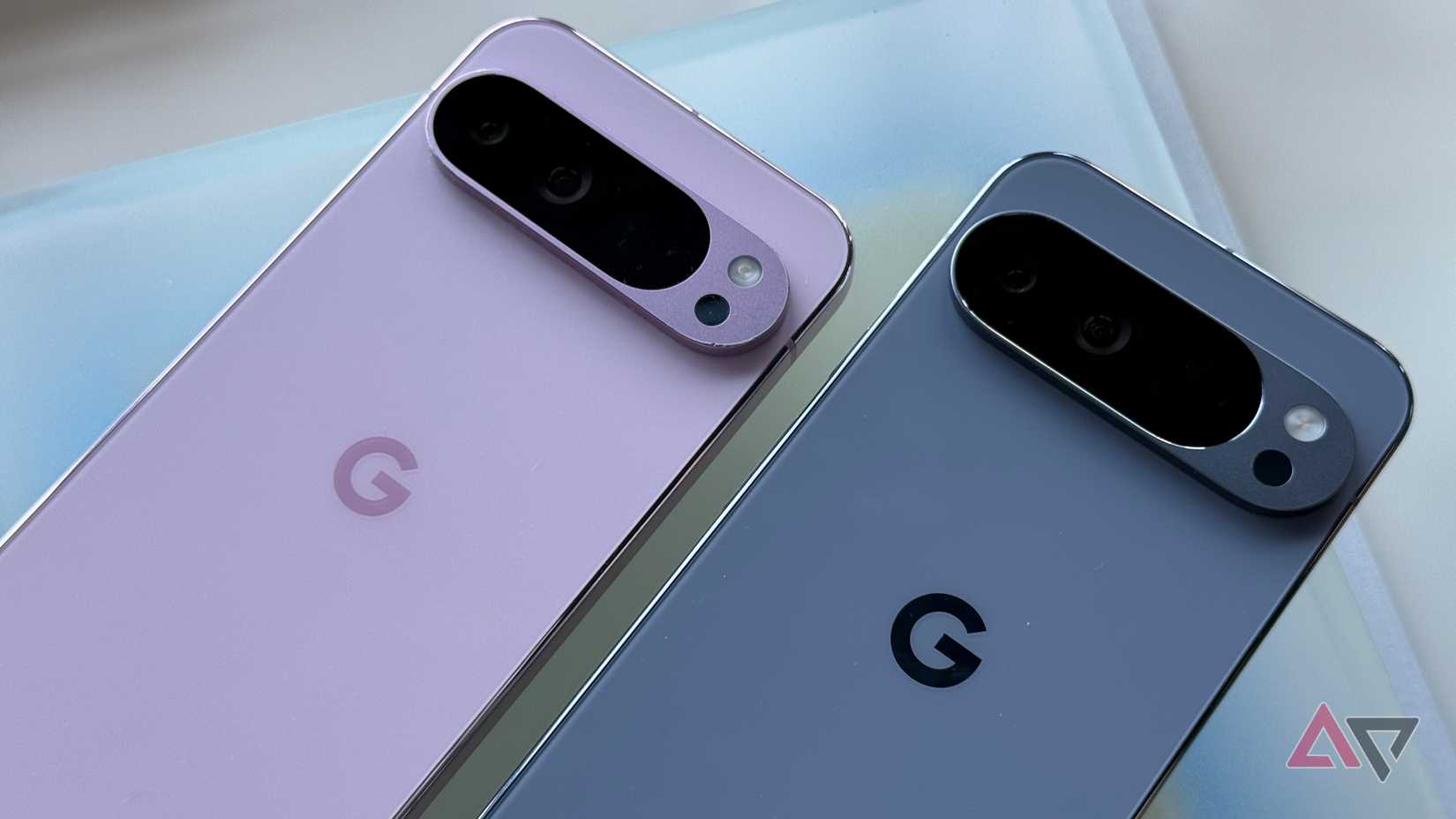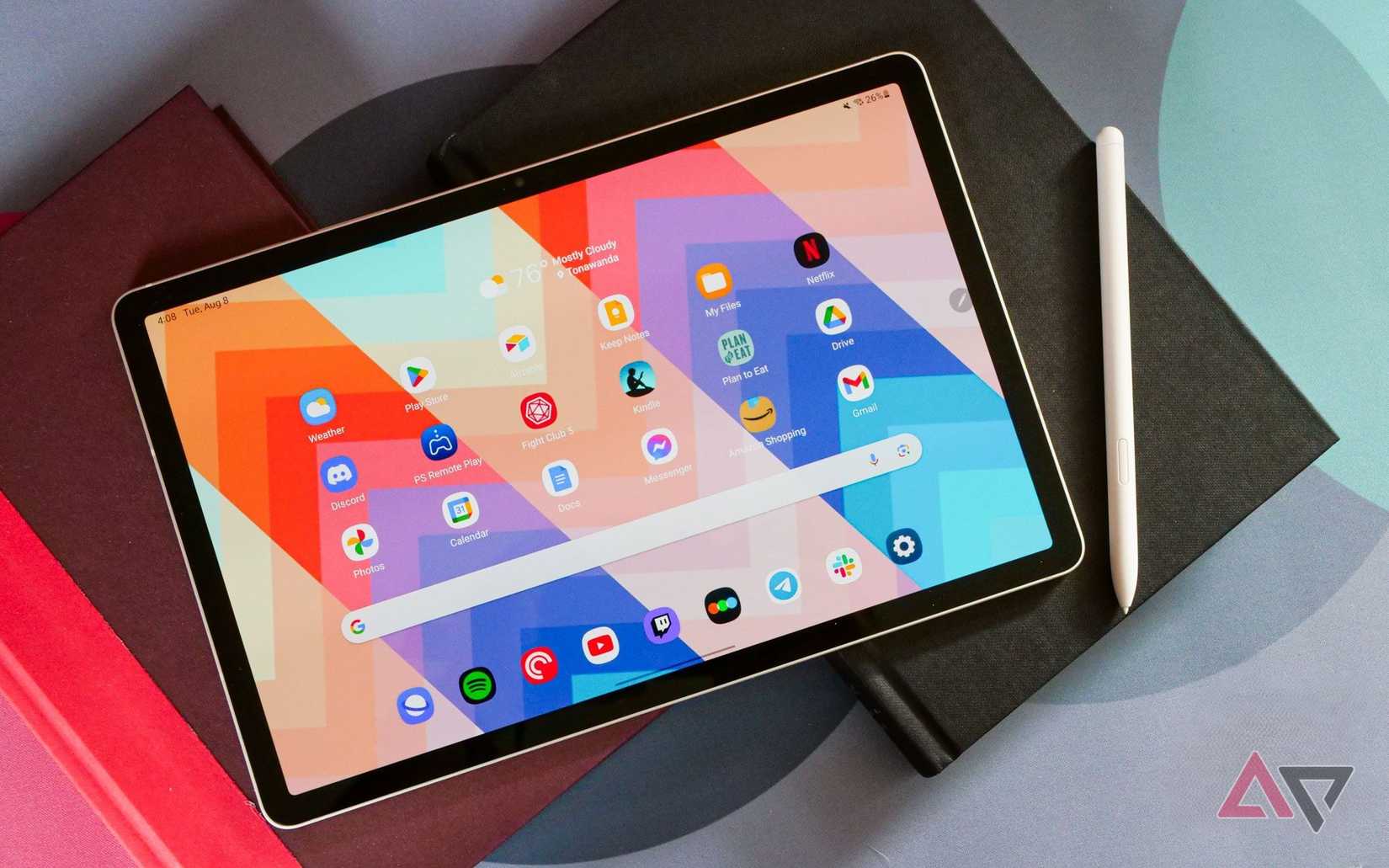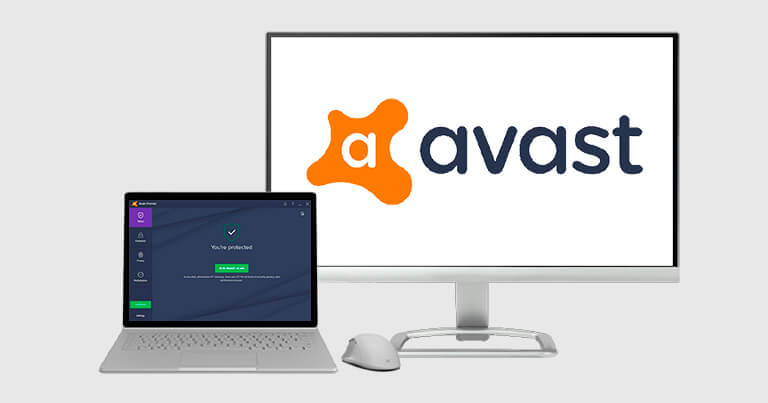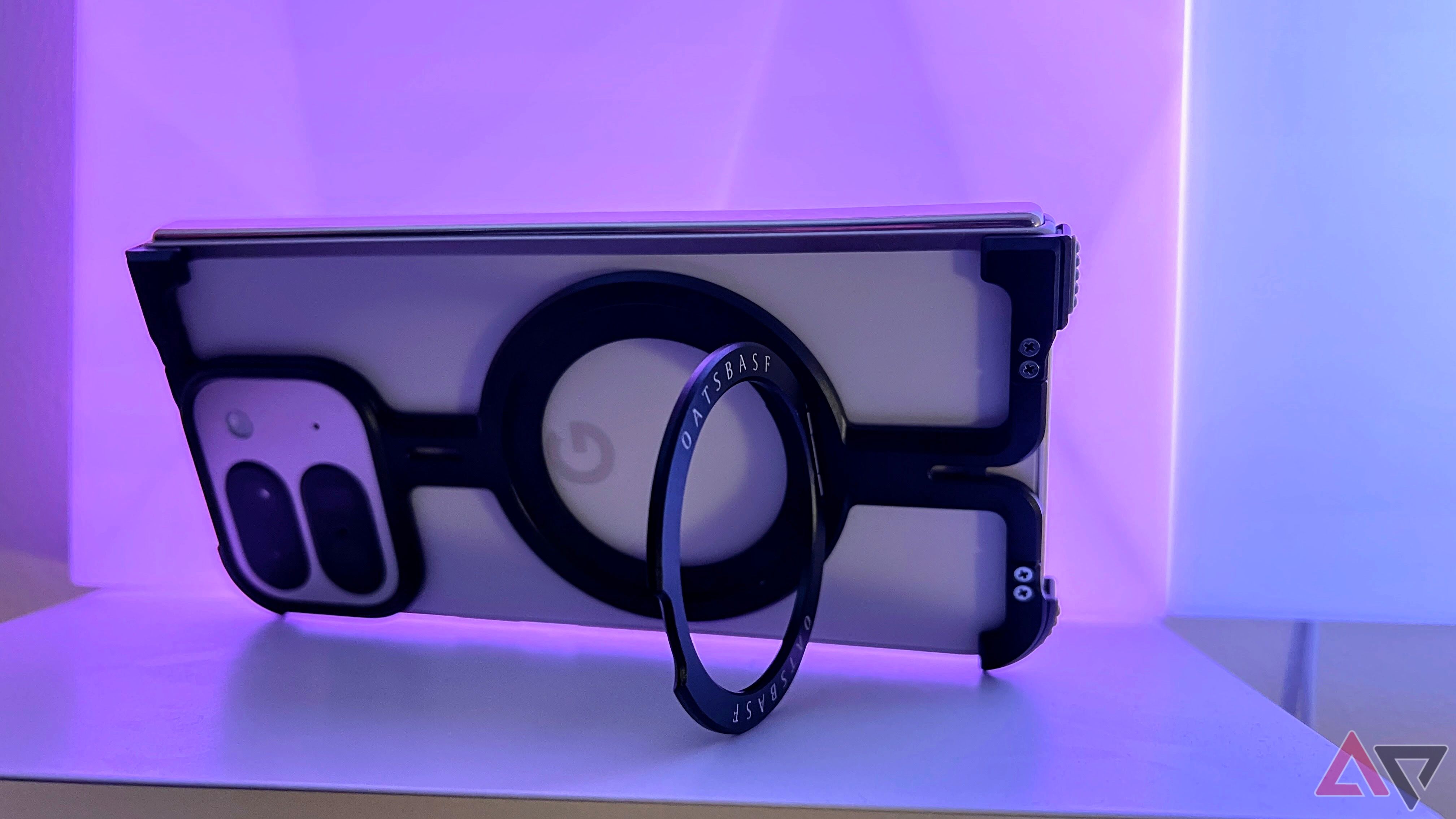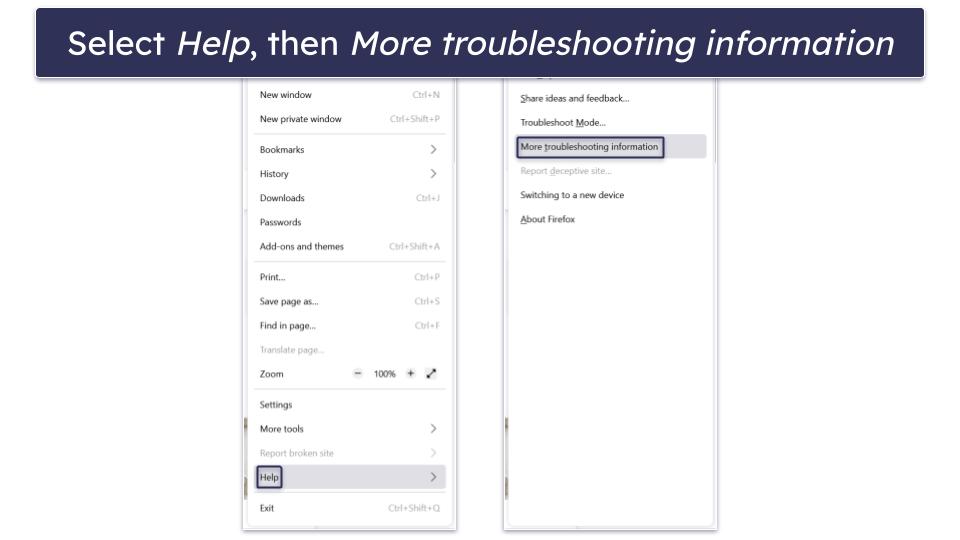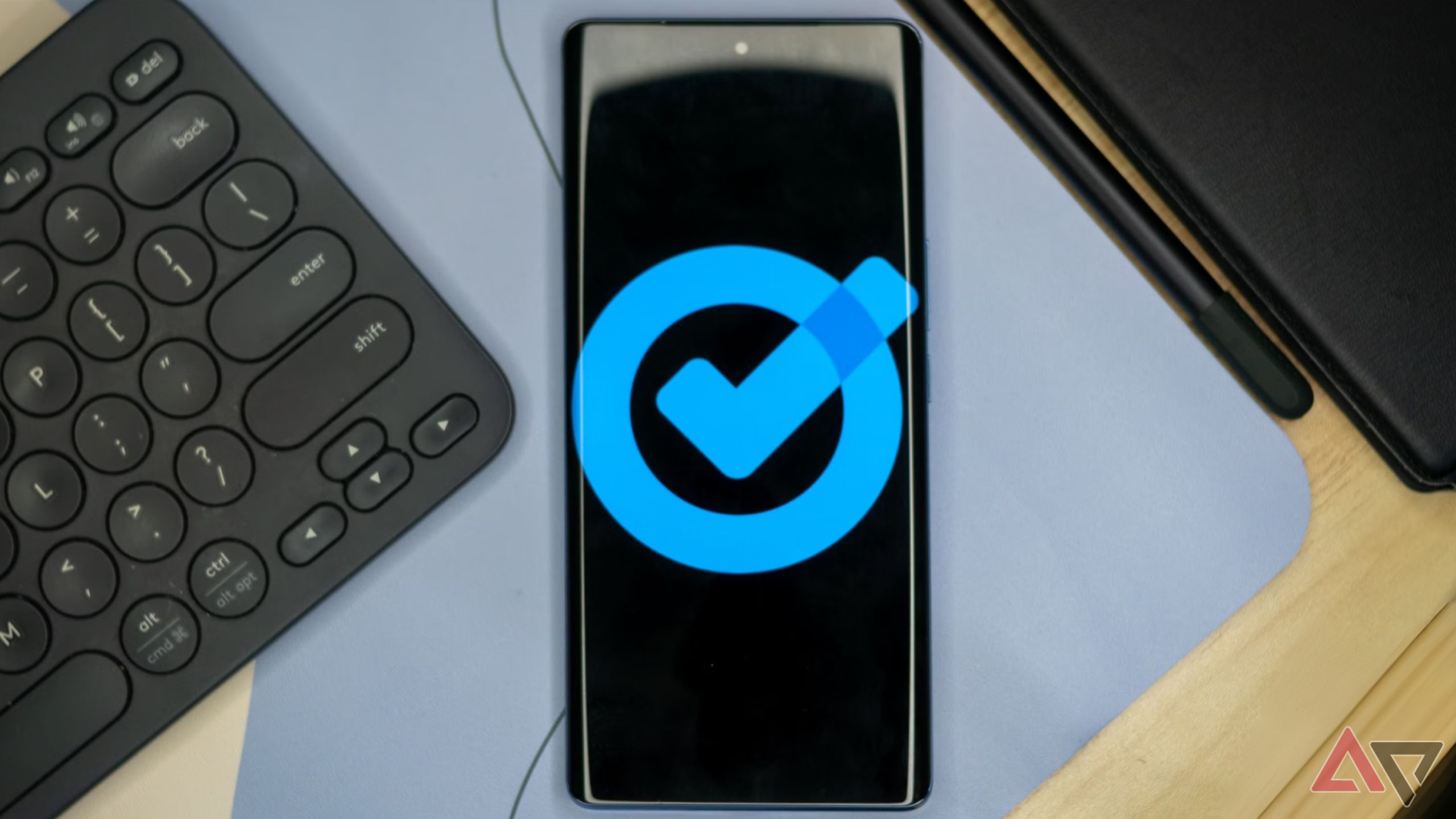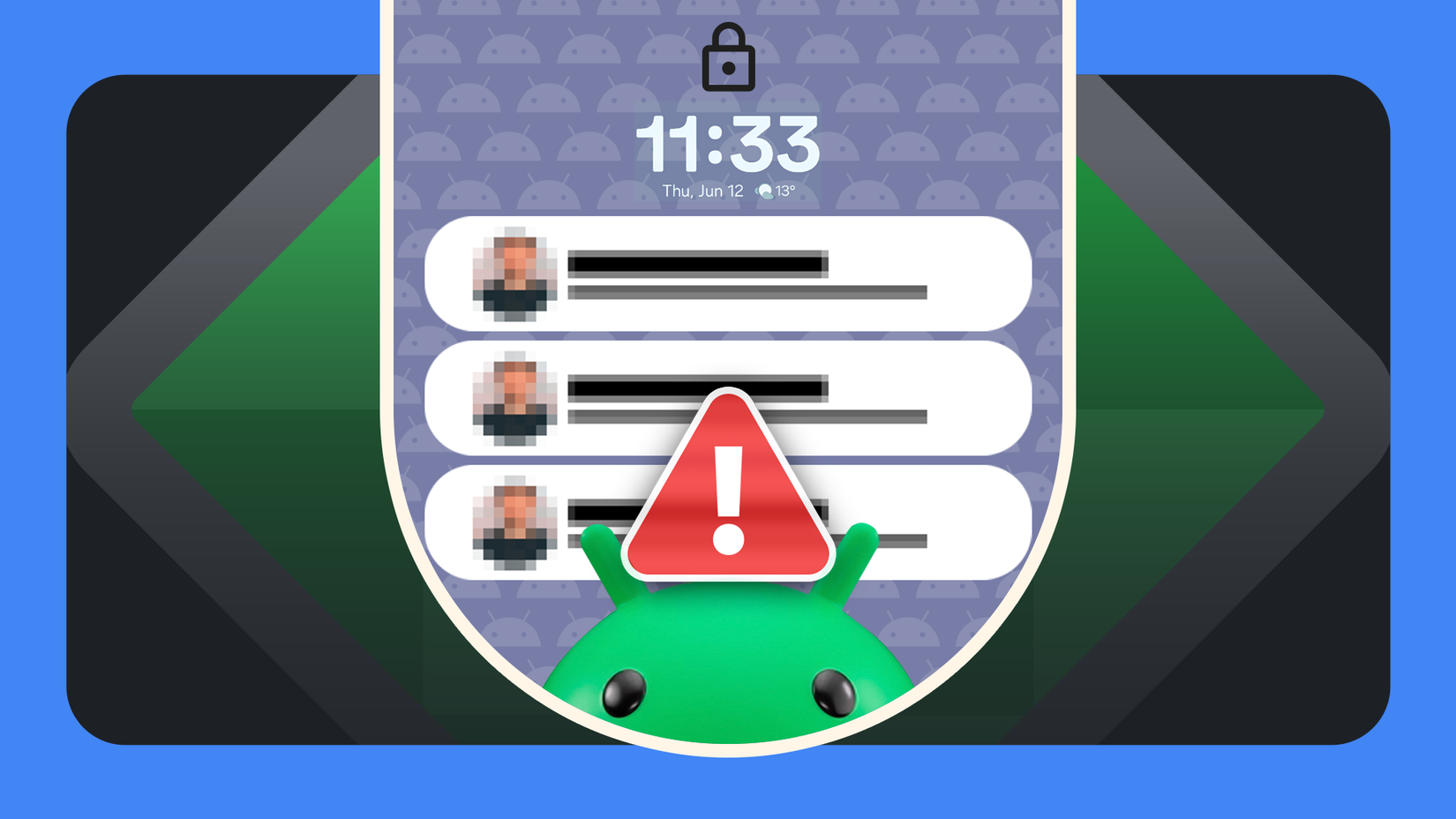Google’s Pixel 9 Pro Fold has been a success for the company. I don’t just mean in comparison to the first-gen product, but in general, as reports have come out showing the success of the phone, proving it to be one of the top folding phones. I have enjoyed using the phone since it was released last fall, and it became my daily driver. That is, until the last couple of months. For me, the Pixel 9 Pro Fold has never been great at connectivity. However, it reached a point where I could no longer use it.
What’s going on?
It was going so well
The Pixel 9 Pro Fold impressed me from the moment I got my hands on it, and the phone quickly became my daily driver. While the phone was never perfect, it had more pros than cons. However, in the last few months, I have spent more time dealing with no or low connectivity. I live in an area with poor cellular coverage, but the Pixel 9 Pro Fold still struggled in places with a strong signal.
I wish I could say these issues were isolated to cellular networks, but they rear their ugly head on Wi-Fi. I can be sitting in my office next to the router, and the phone will show a single bar of connectivity. Turning off Wi-Fi and then turning it back on doesn’t solve the issue, nor does restarting the phone or router. I’ve wondered if it’s my aging Google Nest WiFi setup, but I also experience this issue on networks outside my home.
Fixes, please
I’m worried Google can’t fix it
Since the launch of Google’s Pixel 9 Pro Fold, there have been moments of poor connectivity. None of it was so terrible that it ruined the experience of using the device, but issues were there. Most of the time, I chalked it up to my location and the perpetual struggles with getting and staying online. Regardless of which phone I use, whether it’s the OnePlus Open or Motorola Razr+, it’s a challenge to stay connected at home. So, it isn’t all on Google.
Each time my Pixel 9 Pro Fold received a software update, I hoped to see improvements in signal strength. However, the resolution didn’t arrive. Instead, things deteriorated. The phone couldn’t obtain or keep a data connection, and I experienced Bluetooth issues. I thought it was the phone’s case that caused the issues. However, I saw no improvements, whether it was my fidget case or the excellent Thinborne case that was removed.
This finding leads me to believe that either the cases I use are designed well enough to avoid interference with the phone’s antennas, there is faulty hardware, or Google can’t resolve the issue via software. I suppose it’s possible that Google doesn’t want to resolve the issue or isn’t aware of it. Still, the continued degradation of the Pixel 9 Pro Fold’s connectivity after multiple software updates has me leaning more toward the main issue not being entirely the hardware’s fault.
Even though I knew better, I had a glimmer of hope that installing the Android 16 beta might be the silver bullet to resolve the connectivity issues I was dealing with. Surprise! It did not. It may have exacerbated the problems. I may have audibly grumbled something along the lines of, “I wish Google would spend more time improving the functionality of its devices than on making the software look pretty.”
In the drawer it sits
Maybe for the foreseeable future
I hate that I’ve arrived at this point with a phone that I enjoy using so much. However, the persistent connectivity issues forced me to put the Pixel 9 Pro Fold into my desk drawer and leave it there. Like many, I rely on my phone for too many things to risk missing important messages, calls, and other moments that require the phone to be connected to the internet. I’d love to add more uses to my phone by using it in the upcoming Android 16 desktop mode.
I’ll continue to fire up the phone now and then to see if Google has changed the phone to make it perfect. While I don’t anticipate a resolution anytime soon, the Pixel 9 Pro Fold may accompany me if I plan to be somewhere with photo opportunities. I’m fortunate to have access to multiple phones and can choose which one to use. I paid for Google’s foldable with my own money because I like it that much and want to use it. However, as it stands today, the phone can’t maintain a data connection and cannot be relied upon.
Your comment has not been saved
Google’s foldable series now has a new name! The successor to the 2023-released Pixel Fold is the Pixel 9 Pro Fold, starting at $1,800.
The Pixel 9 Pro Fold boasts a bigger eight-inch Super Actua inner display, paired with a 6.3-inch outer display. It is powered by Google’s new Tensor G4 chipset, paired with 16GB of RAM and a Titan M2 security coprocessor, making it faster than its predecessor, at least on paper.
Apart from the US, UK, Germany, and Japan, Google’s flagship foldable is now also available in Canada, Austria, Belgium, Denmark, Finland, France, Ireland, the Netherlands, Norway, Switzerland, Sweden, Australia, India, Singapore, and Taiwan.


